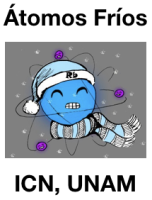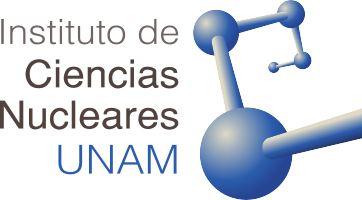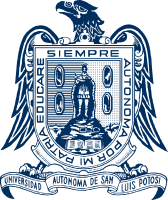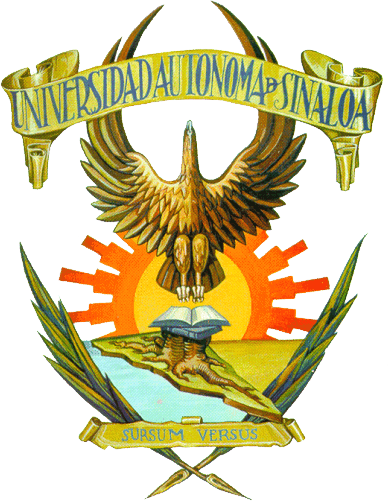

Cold Atoms and Quantum Optics

We generate quantum light from atomic gases. By quantum light we understand a flux of coherent fotons that display quantum correlations and entanglement.
The purpose of producing light in this way is to make it resonant to the same atoms because they are one of the strong candidates to create gates for quantum information. Thereby, with this generated light, we should be able to create complete quantum systems. That is, systems composed of light and matter where it is possible to control the coherence, correlations, and even the quantum entanglement on particles with and without mass. In this way we would have the essential elements to create information networks: nodes (atoms), and messengers (photons). These systems are attractive for research regarding quantum telecommunications, the processes of quantum information science, and the called “spooky spectroscopy‘’. We have built two experimental setups capable of generating quantum light in different regimes: photon pairs and twin beams. The photon pairs are generated inside atomic samples at temperatures of a couple of hundreds of microkelvin inside a magneto-optic trap (MOT); the twin beams are generated through hot gases, at temperatures around 100° C inside an oven. In both cases, we induce a non-linear process known as four wave mixing (FWM) to generate the light. We have distinct and complementary objectives in both experiments; these are our lines of investigation:
Quantum entanglement distribution.
Atomic processes of quantum information.

Every implementation of the FWM involves two atomic transitions. At present, we work with a “diamond” configuration that allows us to generate entangled light at very different frequencies. With the alkali metals we can generate light at a wavelength in the telecom regime and light resonant with their ground states. In principle, this would allow us to send a photon far away while we gather information entangled to it through another photon in an atomic memory. We work with rubidium atoms, the most trapped and cooled element in the world. We know its spectroscopy well. Thus we can exert wide control over its atomic states.
Publications
Articles
-
Optical spectroscopy of the 5p3/2 → 6p1/2 electric dipole forbidden transition in atomic rubidium, Journal of Physics B: Atomic, Molecular and Optical Physics, 52 135001 2019
-
One step beyond the electric dipole approximation: An experiment to observe the 5p → 6p forbidden transition in atomic rubidium, American Journal of Physics pags. 7-13, vol. 86, 2018
-
A minimalistic y optimized conveyor belt for neutral atoms, Scientific Reports 13660 (1), vol. 7, 2017
-
Probing two-particle exchange processes in two-mode Bose-Einstein condensates, Physical Review A 95, 033624, 2017
-
Control of electronic magnetic state population via light polarization in the 5p 3/2 → 6p 3/2 electric quadrupole transition in atomic rubidium, Journal of Physics B: Atomic, Molecular and Optical Physics 50 025003, 2016
Thesis
- Sistema de adquisición de datos para pares de fotones con origen atómico, Villegas Aguilar, Luis Yves, Licenciatura 2019
- Herencia de estructura con haces de Mathieu vía mezclado de cuatro ondas en Rb, Acosta Montes, Jorge Gerardo, Maestría 2018
- Construcción y modulación de un láser esclavo para experimentos con rubidio, Irvin Fermín Ángeles Aguillón, Licenciatura, 2018
- Determinación de la densidad atómica en función de la temperatura en una celda de espectroscopía, Diego Sierra Costa, Licenciatura 2018
- Construcción de una trampa magneto-óptica, Adrián Martínez Vallejo, Maestría, 2018
- Espectroscopía de dos fotones para experimentos con mezclado de cuatro ondas, Mendoza López, Luis Alberto, Licenciatura 2017
Infrastructure
In LAFriOC we combined two technologies developed during the last decades in laboratories all around the world: On the one hand we have a system of lasers, a control system, and a system of ultra-high vacuum with which we are capable to cool rubidium atoms and control their internal degrees of freedom exciting several of their transitions. On the other hand, we developed a system of detection with which we can distinguish the arrival of individual photons with a resolution of 81 ps. Additionally, we are capable of generating beams invariant to displacements, using techniques based on axicons or spatial modulators of light. These capabilities are integrated in our experimental setups:
Colaboration
Members
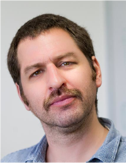
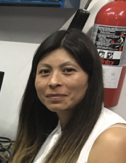
Posdoc
natellez@fisica.unam.mx

Research Assistant
jorgeacosta@estudiantes.fisica.unam.mx

Research Assistant
adrianvallejo@estudiantes.fisica.unam.mx
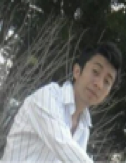
Masters Student
luismendoza@estudiantes.fisica.unam.mx
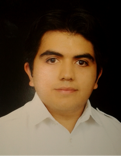
Masters Student
iangeles@estudiantes.fisica.unam.mx
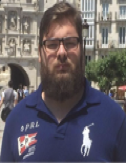
Undergraduate Student
dmcara@fisica.unam.mx
Social Service Student
jesusramirez@estudiantes.fisica.unam.mx


